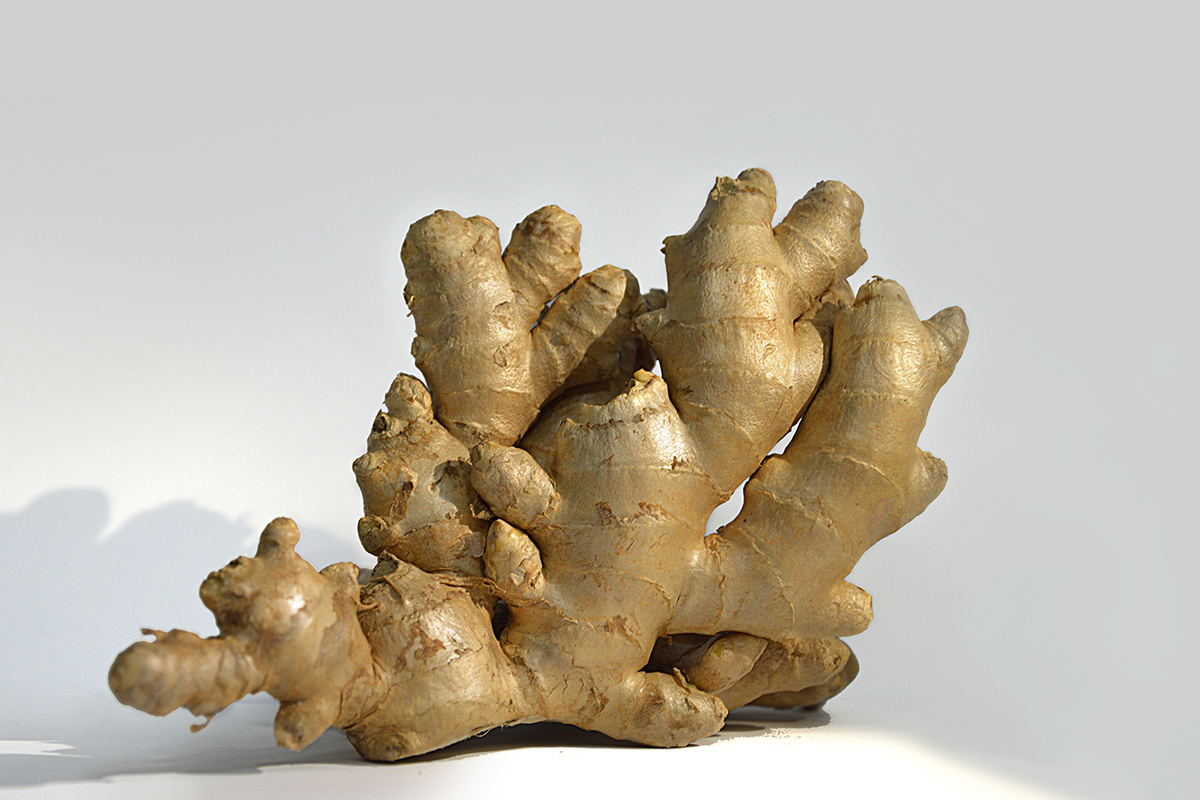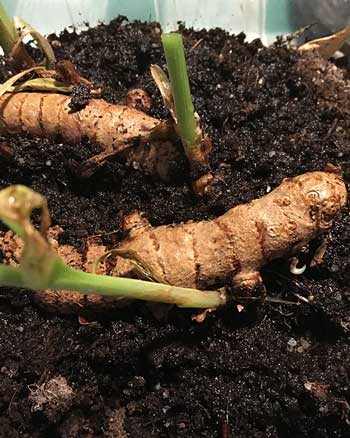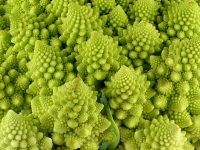
The name of this plant evokes the taste of something fresh and cheerful, which contrasts with its aspect: a grey and thick rhizome. Ginger has been with us for a long time, but we have prepared an activity that gives a new dimension to it, a new use, a way to get to know it better. The project we propose in this article is to cultivate ginger plants using the rhizomes we usually find at the market. We can also do it with turmeric plants, since they belong to the same family.
We have tested this process to obtain the plant in the Botanical Garden of the University of Valencia, and now we have two pots with spectacular ginger plants waiting to bloom. We do not know how long this may take, but it would be pleasing, because the flowers give off an aroma reminiscent of the blossoming of orange and lemon trees, as well as other relatives we have in the garden collections.
«The ginger rhizome has an interesting composition, with important elements for a balanced diet such as B group vitamins»
Propagation by cuttings is one of the most common practices in gardening and agriculture, since it is an easy way to obtain specimens from the mother plant. This is vegetative multiplication; in other words, the ability of plants to regenerate their different parts from a fragment of one of them. Leaves, stems, roots… all of them are candidates to generate a new plant.
This activity, about which there is still not much bibliography, involves obtaining a plant from a rhizome with leaf buds. We have observed this process in the ginger and turmeric rhizomes. What is a rhizome? It is a type of stem that grows underground and, unlike tubers, extends horizontally. Ginger, Zingiber officinale Roscoe, is a plant native to Southeast Asia, of the zingiberaceae family, to which turmeric and cardamom also belong. It is a herbaceous plant with large leaves that can reach up to a meter in height; the turmeric plant is similar, but its leaves have a velvet-like touch on the underside.
Ginger has been used since ancient Greece and is known to have numerous medicinal and culinary uses. We can go back to the year 1375, when the French cook Guillaume Tirel, known as Taillevent, wrote his work Le Viandier. The forme of cury, written in 1390, also contains recipes and recommendations for the use of this plant. These are the oldest recipe books we can find in French and English.
Many types of biscuits and breads in both English and French cuisine are made with this rhizome. The ginger rhizome has an interesting composition, with important elements for a balanced diet such as vitamins B, C, and E, and minerals such as zinc and manganese, which are difficult to find in foods. Its taste is due to phenols, called gingerols, which give it that spicy touch, used to flavor sausages, fish, soft drinks, and sweets. These phenols are not deactivated by heat, as is the case with capsaicin in peppers and piperine in black pepper, although they are the least potent of this group. Another peculiarity is that, when dried, it turns into shogaol, which is twice as spicy.
There is a variety of pink ginger that is typical of Japan and is used for sushi. Currently, ginger crops exist in different parts of the world. Although it comes from Asia, we can find African, Australian, and American varieties (in Hawaii) and the delicate flavour of the Jamaican variety stands out. Its origin is due to the Spanish people who brought it to the island in order to compete with spices from other countries.
ACTIVITY: GROWING GINGER AND TURMERIC AT HOME
Materials:
- Ginger or turmeric rhizome
- small plastic tray (can we use one we already have)
- mixture of light soil
- pot
Procedure:
We place the rhizomes in the plastic tray, with a soil similar to the mixture that we recommended in issue 95 of Mètode (pp. 146–147), that is to say, a light soil that can be spread easily.

Whenever possible, we will buy rhizomes with buds, as this favours the rapid emergence of leaves. If we do the activity with turmeric rhizomes, we will have to water it little by little. You will see that it doubles in size and has small white buds.
If the rhizome that we buy does not have buds, one way to get them to appear is to leave it inside a bag for a while without water: the plant’s own transpiration generates enough humidity. Over time we will see the buds form. We can check on this process weekly.
When tiny leaves come out of the buds, it is time to move the plant from the tray to a pot, without exposing it to the sun. It can be placed in an individual pot or with other plants. You do not need to bury it, it just has to be in contact with the soil. Remember that the pot must not be too small, because the plant is a rhizome and will extend along the soil.
They do not like heavy exposure to the sun, but they do like heat. These plants grow better in the shade, so you can leave in between others and you will be surprised when their leaves appear among the vegetation. To do the experiment last summer, we left a ginger rhizome and a turmeric rhizome among other plants to create a microclimate that favoured humidity and protected them from excessive sunlight, and when we returned from the holidays we found that the leaves had come out.
Their flowers are very aromatic: they give off a delicious fragrance with citrus and woody notes. However, they take at least two years to come out, because these plants need a maturation period.
We hope it will be an easy activity and you will obtain a ginger or turmeric plant. You will see that it is very rewarding!





